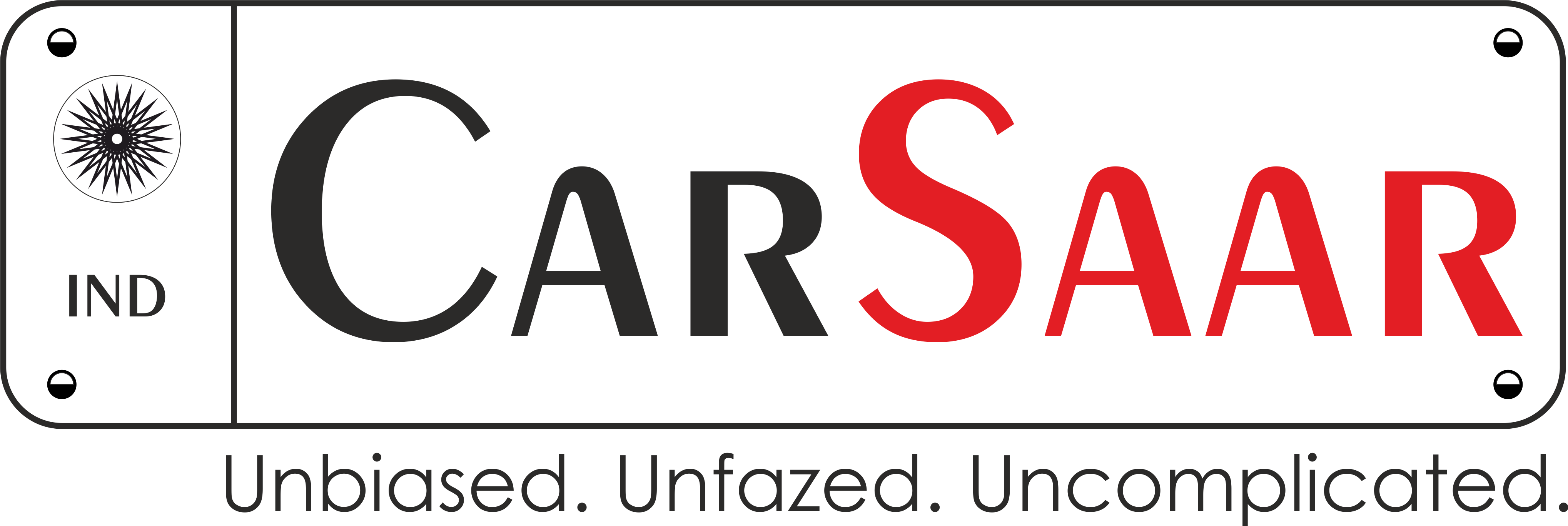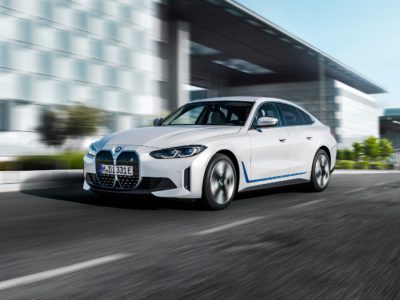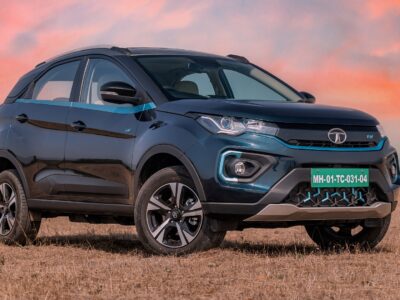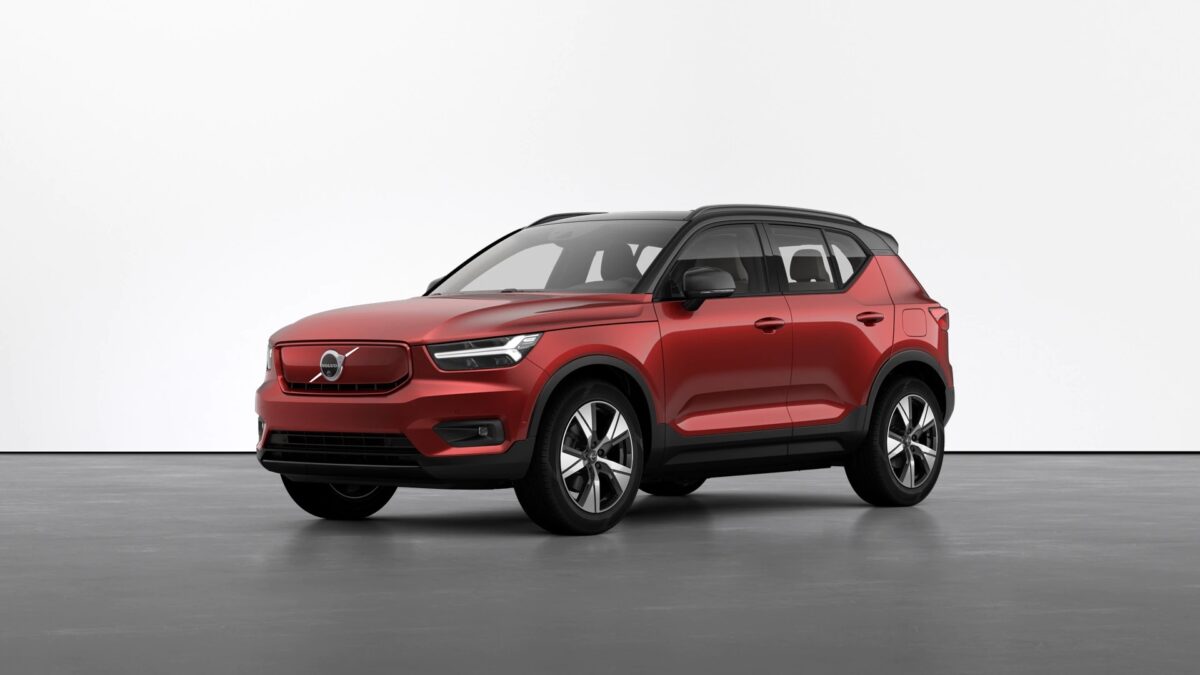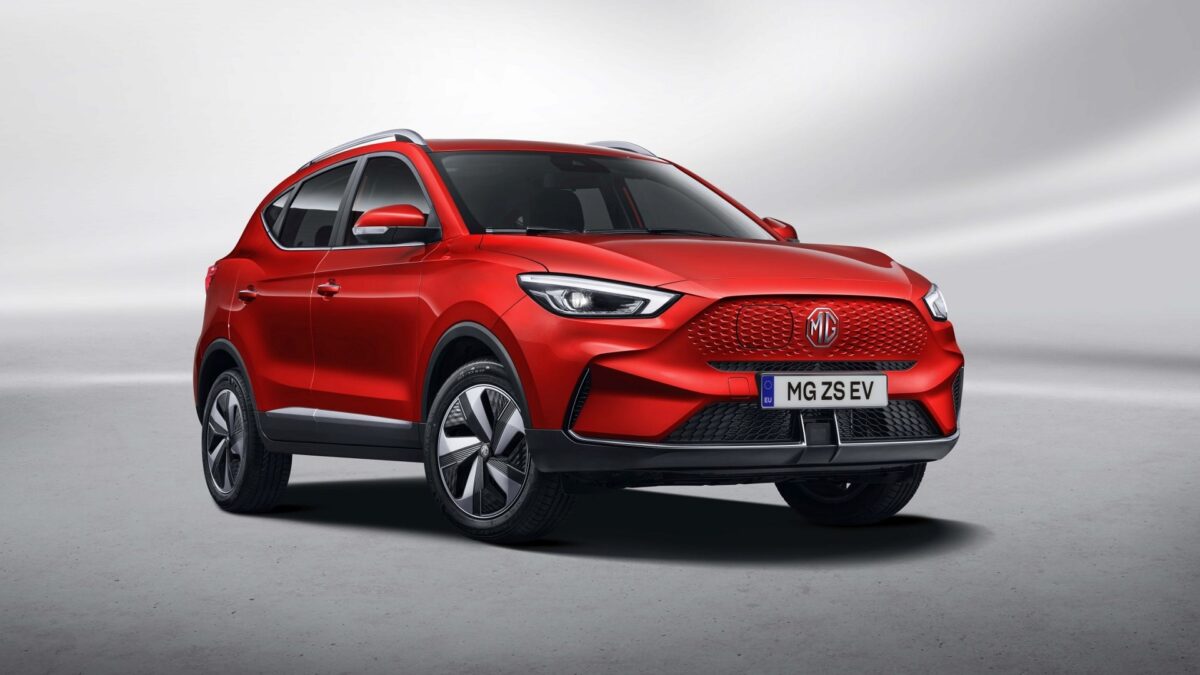Govt. Okays FAME II; Rs 10,000 Crore Sanctioned For Three Years
The need to step on the accelerator for a quicker transitioning journey from ICEs (Internal Combustion Engines) to EV (Electric Vehicles) is a must for India. Not only will it curb the problem of air pollution to some extent but also attract players from all over the world to come and invest in our pursuit. In 2015, the Govt. implemented the first phase of the FAME (Faster Adoption and Manufacturing of Electric and Hybrid Vehicles) and a total of Rs 895 crore was allotted for it.
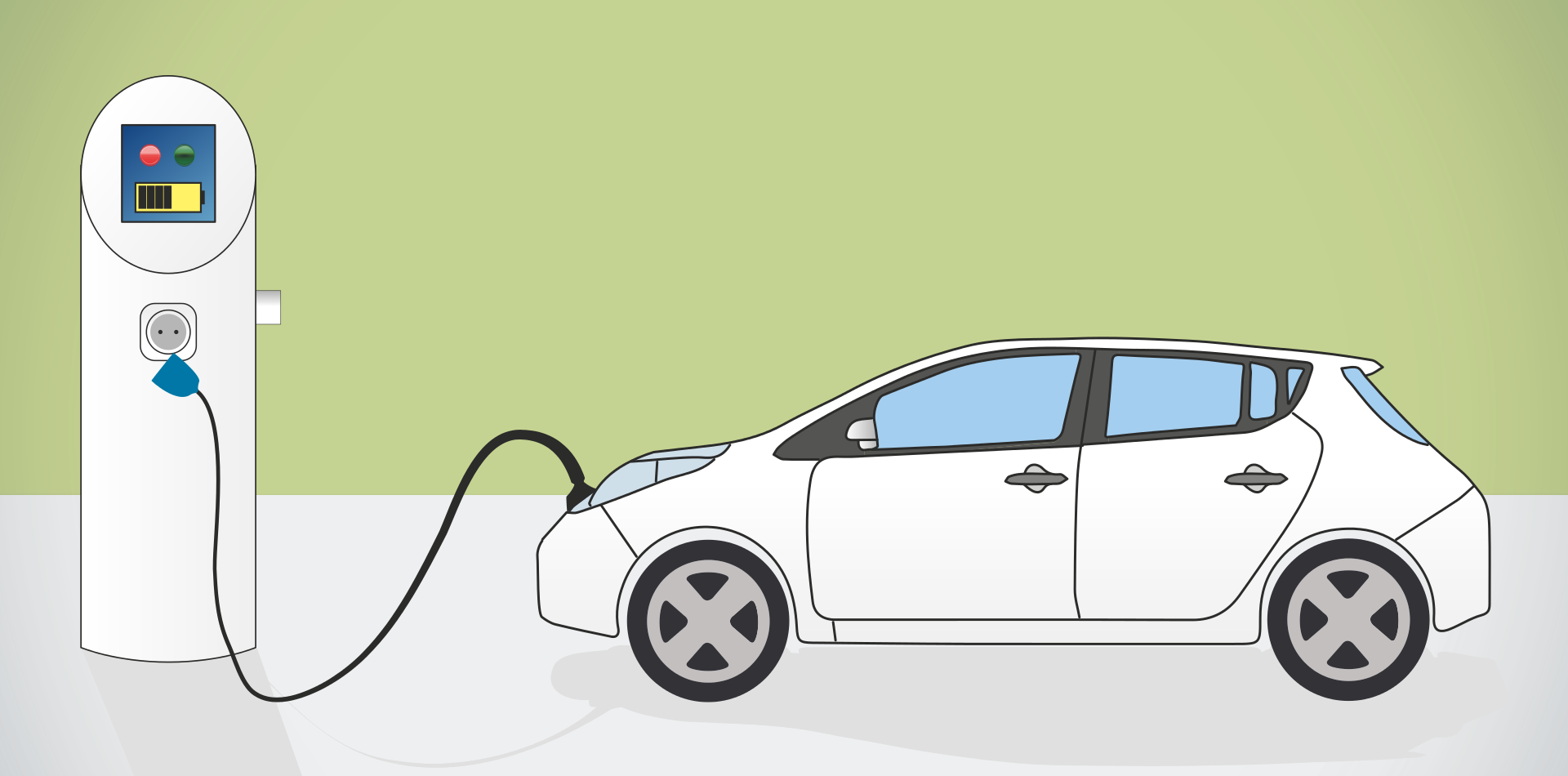
There is no other way of saying this – it had a slightly haphazard effect on the main aim of encouraging people to opt for EVs over conventionally powered vehicles. And it never really had a detailed plan for laying out the support infrastructure. From April this year, however, the second phase of FAME will come into effect. The Govt. has given it the green light and allotted a total of Rs 10,000 crore for a period of three years. Do the math and you’ll get Rs 3,333 crore for every year. That’s nearly four times as much as the whole sanctioned funds for FAME I.
What we do know so far is that over the three-year period, FAME II will support 10 lakh two-wheelers, 5 lakh three-wheelers, 55,000 four-wheelers and 7,000 buses. But there is a catch. The Govt. wants to push OEMs to make use of advanced technologies in their EVs. That’s why the incentives will only be given to those vehicles which feature lithium-ion batteries or other new technology batteries. As suspected earlier, Hybrid vehicles will not be left out of the incentive scheme if they house new-age batteries.
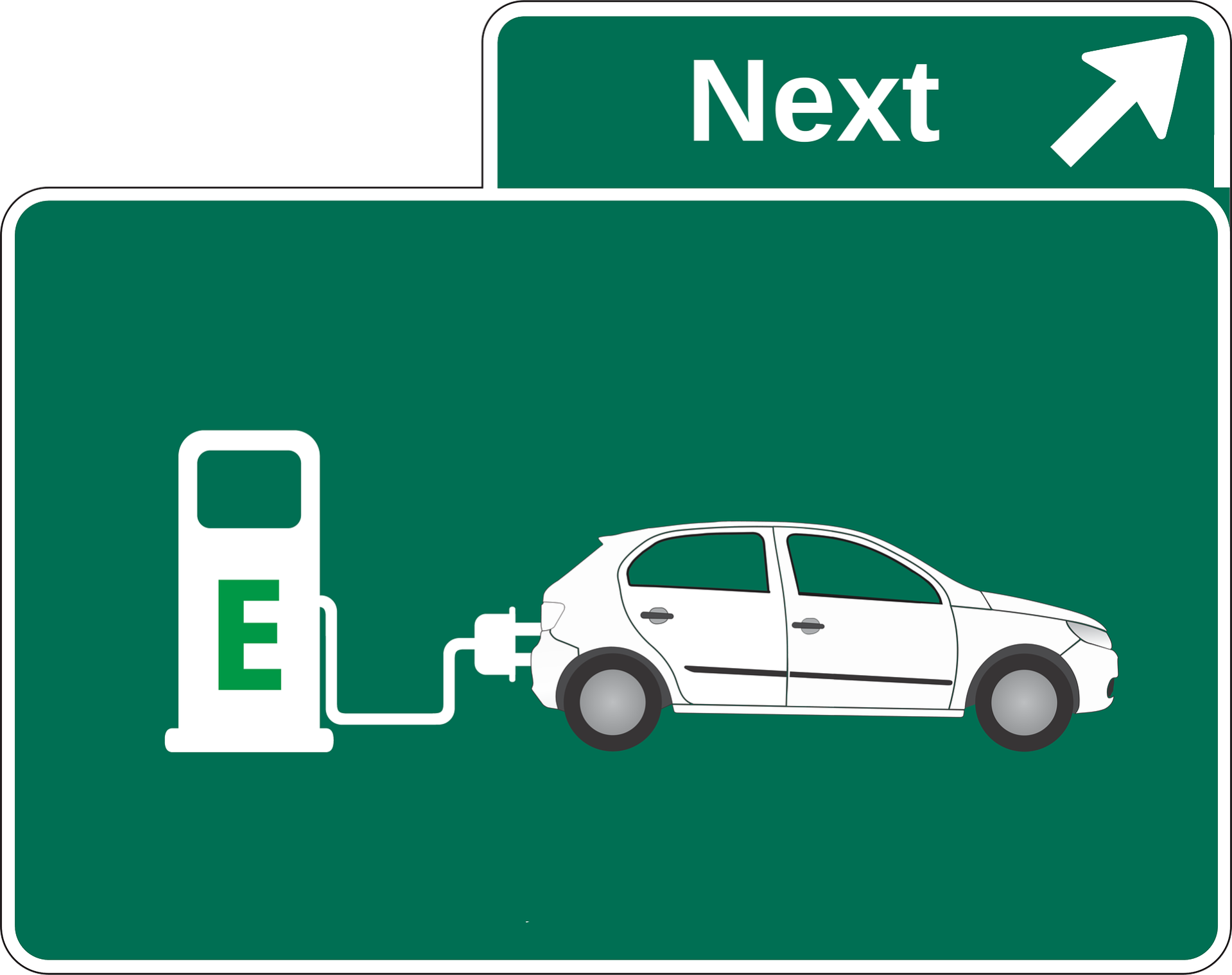
Additionally, FAME II will push for a stronger supporting infrastructure for EVs. Nearly 2,700 charging stations will be installed in metros, other million-plus cities, smart cities and cities of states with mountainous terrains across the length and breadth of the country. In cities, FAME II will also ensure that the plan of installing at least one charging station in a grid of 3km x 3km takes form. On both sides of the highways, charging stations will be separated by just 25km.
What kind of incentives are reserved for different kinds of EVs is something still under wraps and we’ll learn about those as the D-Day nears. Also unknown is what kind of cap will the scheme put on the value of the electrified vehicle. To explain this, let’s take the example of an electrified car. Only if its value is up to a certain limit, will it get any incentives under FAME II. Beyond that limit, FAME II incentives will not be applicable.
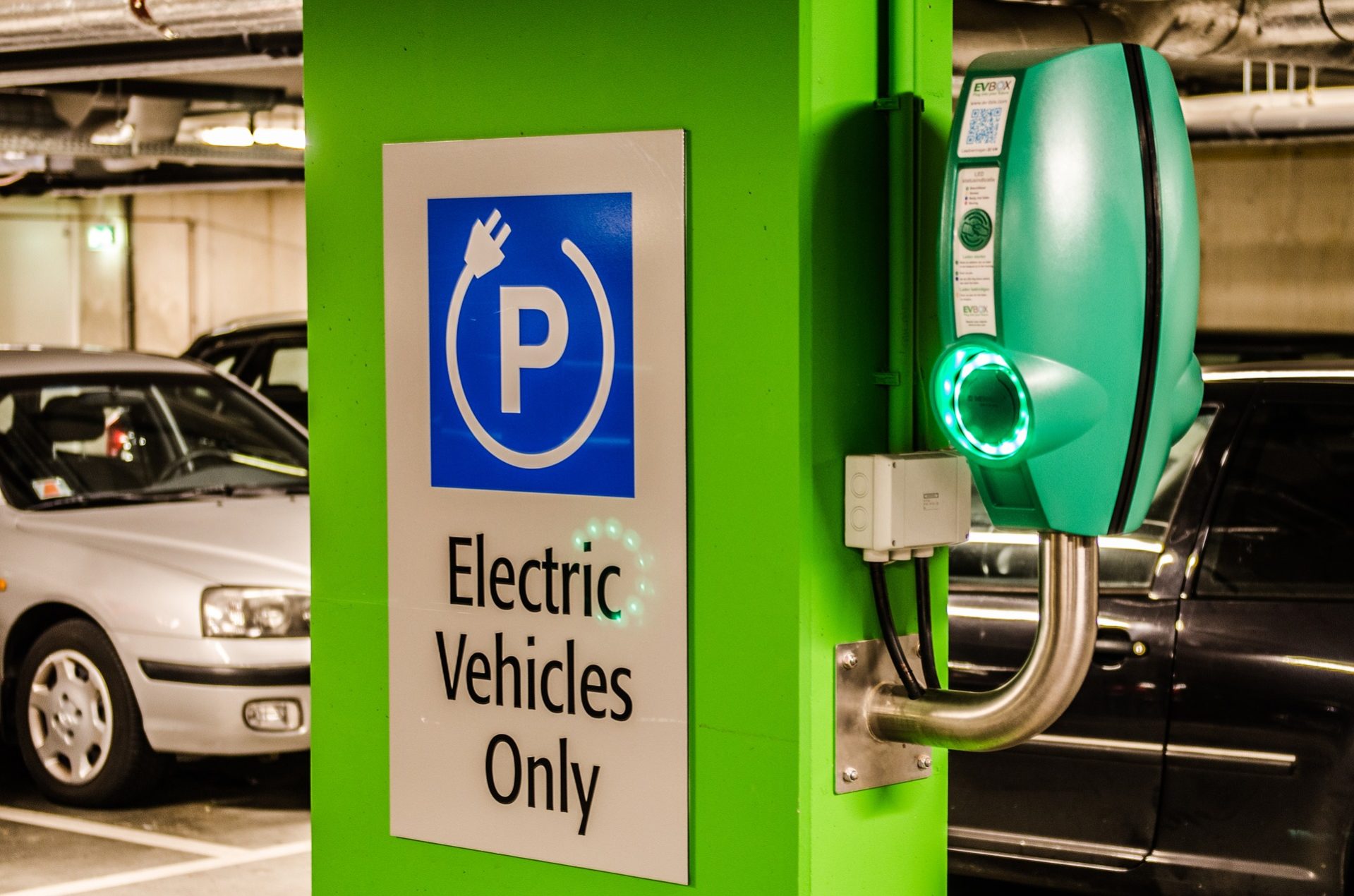
Answers to those questions are important for carmakers like Toyota, Volvo Cars and Honda who have the required technology and can assemble electrified vehicles in India. In a bid to boost reduce the prices of EVs in India, the Govt. also slashed import duties on most EV components in January this year.

